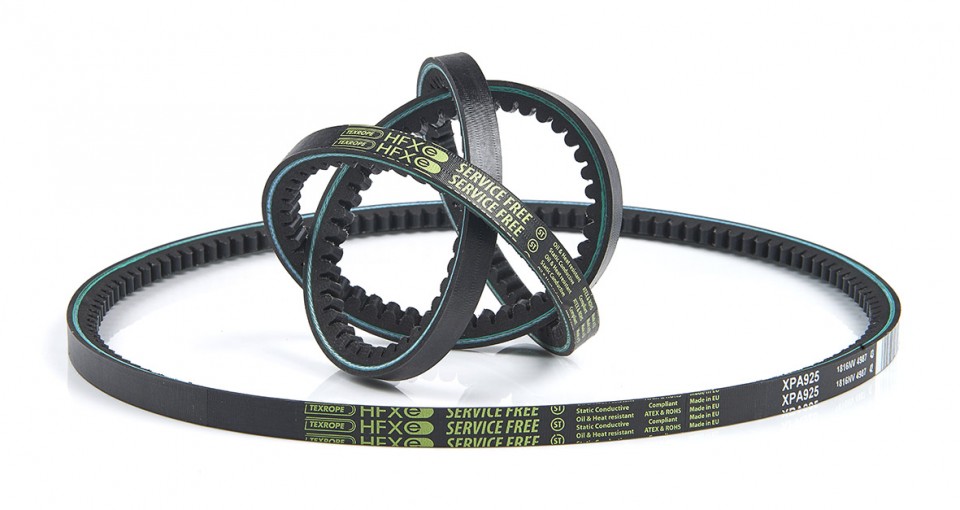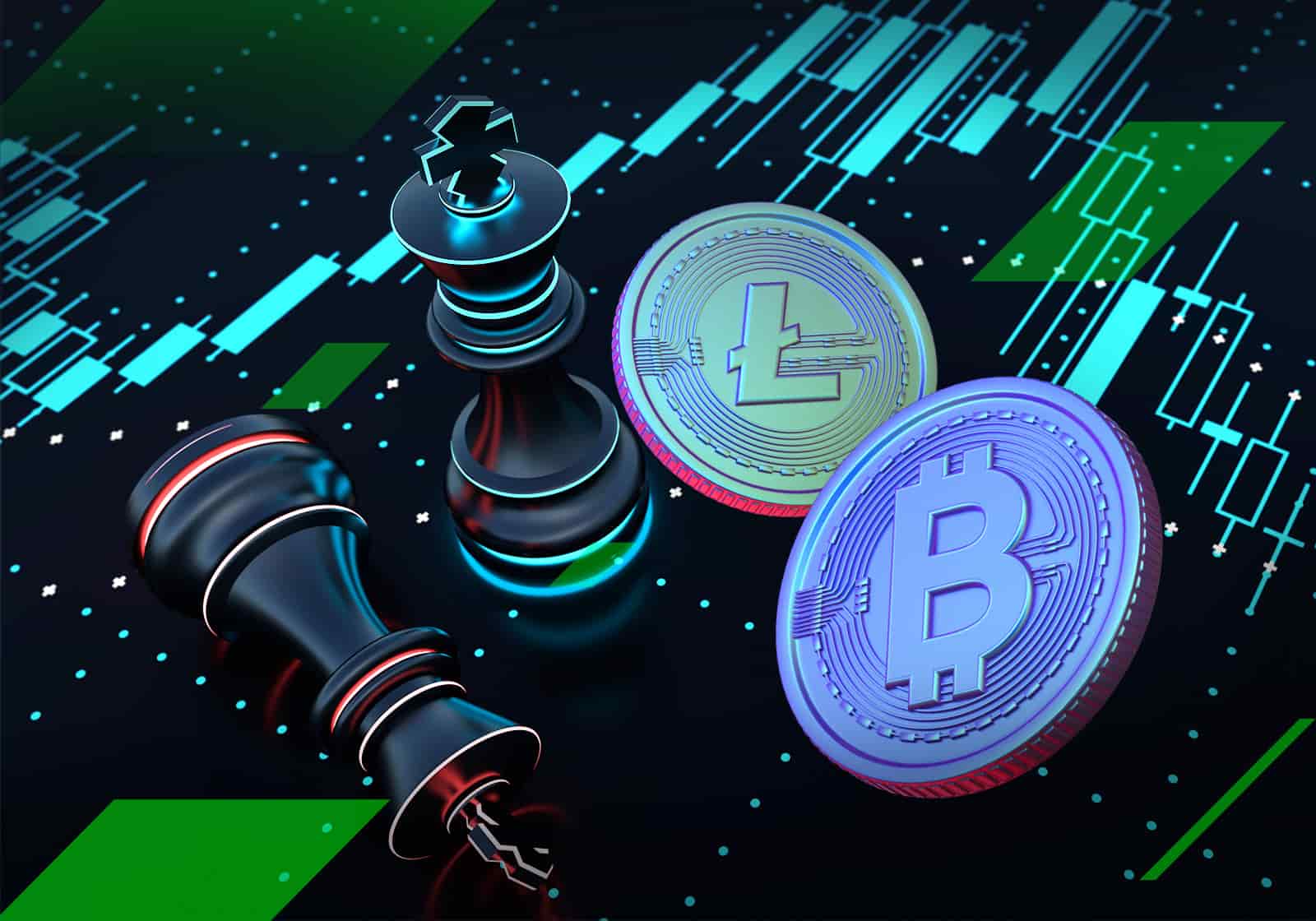
V-belts are a sort of frictional power transfer belt correas trapeciales. Because of how well their shape matches the pulley channel and promotes friction, reducing belt slippage, these pulleys, which have a trapezium-shaped cross section, are the most used in industry. For this kind of mail, the tensioned belt needs to be inserted into a pulley groove with a trapezoidal section. Two layers of rubber surround a cotton core that has been rubberized; the cover is made of a highly friction-resistant rubberized fabric. Due to the high stiffness of this type of belt, parallel shafts are necessary.They exert more pressure on the contact surfaces, allowing them to arrange pulleys very close together and with a variety of diameters. Additionally, numerous parallel pulleys can be coupled for a greater capacity of power transfer.

V-belts: the fundamental features
V-belts are created using high-resistance components, which are perfect due to their performance, dimensional stability, conductivity, and oil resistance. It has these characteristics:
- The material’s great resistance to bending allowed for a reduction in weight.
- High friction contrasts with minimal slippage.
- Using less energy
- Longer lifespans are exhibited by belts that can resist greater temperatures.
- Increased resistance to rubbing
- Suitable for exposure to chemicals, ozone, oil, and grease
There are numerous V-belt variations available to meet different demands. When the belt is expanded, the included angle is calculated from the sidewalls, and the inner length and pitch are calculated along the belt’s underside. The majority of V-belt components have an angle of at least 40 degrees. V-belts are available in numerous cross-sections, each having a unique kind.
The V-core belting’s is comprised of an elastomeric substance. belt’s The belt’s material, with its trapezoidal cross-section, is what really makes a difference. The elastomer core effectively protects against shock and flex. The dampening rubber and the compression rubber are two separate components that can be found in some V-belts.It is made of an elastomeric material for the core of a V-belting. belt’s With its trapezoidal cross-section, the belt’s material is what makes all the difference. Shock and flex are well-protected by the elastomer core. Some V-belts are made up of two different parts: the dampening rubber and the compression rubber.The environment in which a V-belt (correas trapeciales) is to be utilised is an important factor in determining which one is best for a given application. The speed and load of operation are just two examples of the many variables to consider.





